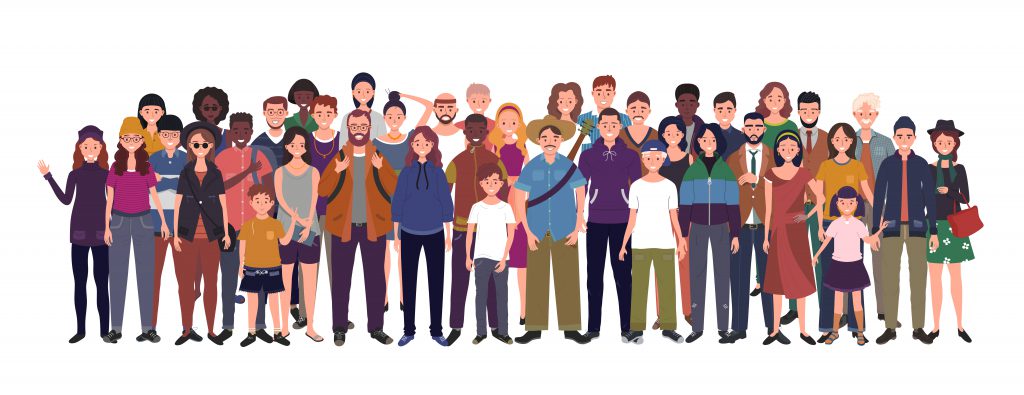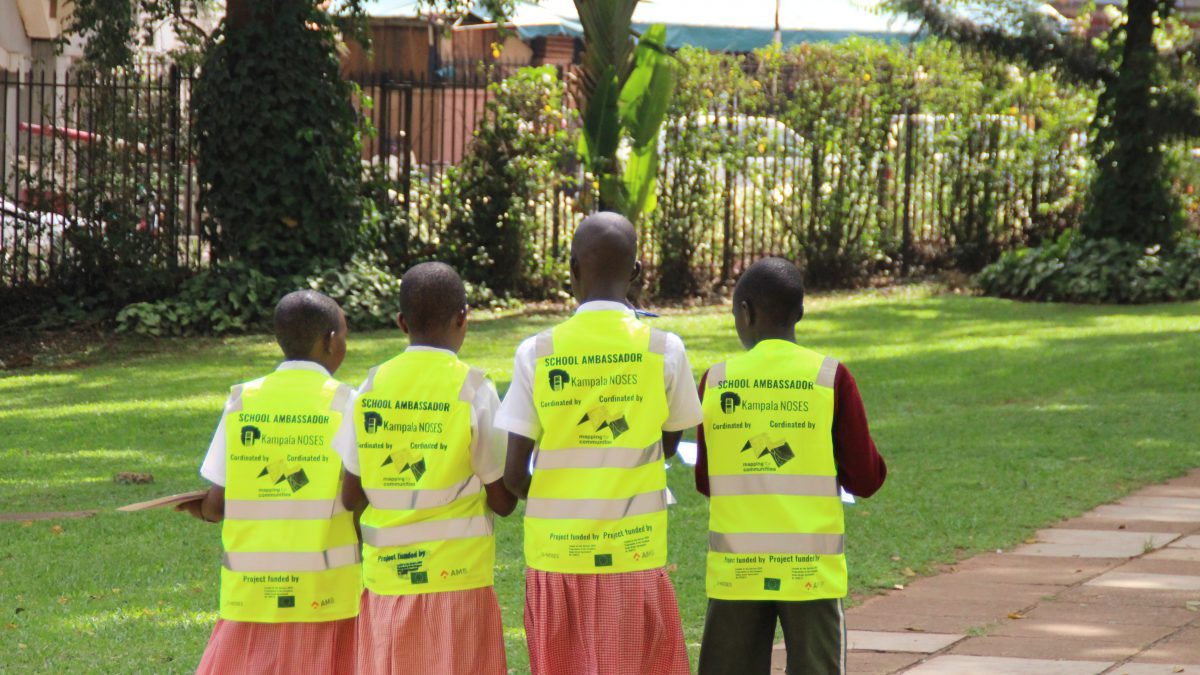
D-NOSES has always been about inclusiveness
The cause of the project is odours, an issue that knows no boundaries. This could then be defined as an inclusive problem, affecting all those in its path. It requires an inclusive solution, implemented by all the stakeholders involved. It also calls for a coordinated approach across cities, regions and countries as winds will not be stopped by any man-made barriers.
Explicitly, it has embraced different models of social engagement including the Bristol Method and Extreme Citizen Science, both of which advocate for the inclusiveness in the broadest sense of the word. These models talk about how to reach all social levels, both affluent and marginalized. They speak about reaching stakeholders from across the spectrum and stress the need for input and compromise from the scientific, regulatory, industrial and residential perspectives.
Uganda

In Kampala, odour issues are common. That does not mean that they can or should be ignored. Partner MFC has been exploring how D-NOSES could be used to help the situation there. Co-funded by Àrea Metropolitana de Barcelona, ‘Kampala NOSES’ is introducing new ways to monitor odour issues across the city using citizen science. In the long term the aim is to establish new environmental control mechanisms that are accessible to all, irrespective of literacy level, age or gender.
In this case, the highly inclusive approach is focused on empowering children and women through accessible science education while also building the capacity of city officers to monitor odour pollution using citizen science. A school programme created to educate children about odour pollution monitoring, and co-created community awareness raising campaigns have been delayed due to the pandemic. The D-NOSES team is adapting the plans and materials developed so far to the new situation and hope to continue the program as the opportunities arise.
Chile

Los Álamos is a small community about 700 km to the south of Chile’s capital Santiago. A local wastewater treatment plant is located very close to residential areas, which has caused odour problems for more than a decade. Even though investments were made in odour abatement systems the plant still potentially impacts 1,000 residential houses, a kindergarten and a school. Despite some improvements still some 300 homes are strongly impacted by odour emissions.
This is another case of remote and marginalised communities that need help, and require a focus on inclusivity. One of the challenges has been overcoming the scepticism built over 10 years of persistent odour issues, so a very active outreach approach has been necessary – even at an individual household level. To embed the idea of citizen science as a tool for citizens to gain a more direct voice in their environment the pilot has been training community champions who have a presence in the impacted neighbourhoods.
Inclusiveness by design
The two examples above show some of the extremes in the D-NOSES pilots. This does not mean that the approach to the other pilots is any less inclusive. In fact inclusiveness has been codified into the frameworks. For example, the whole process of creating the pilots was guided by an inclusiveness checklist that ensures a proactive approach towards identifying, communicating, engaging and empowering groups that can otherwise easily go unnoticed. At each of the pilot phases, a number of probing questions must be answered that help diagnose the inclusiveness the approach and help the pilot leaders auto correct when necessary.
To find out more about the role of inclusiveness the project, watch the video presentation of the D-NOSES Workshop on Highly Inclusive Engagement in Citizen Science at the ECSA 2020 Conference.
You can also find out more about the D-NOSES methods, the pilots and their progress at the Odour Observatory website.